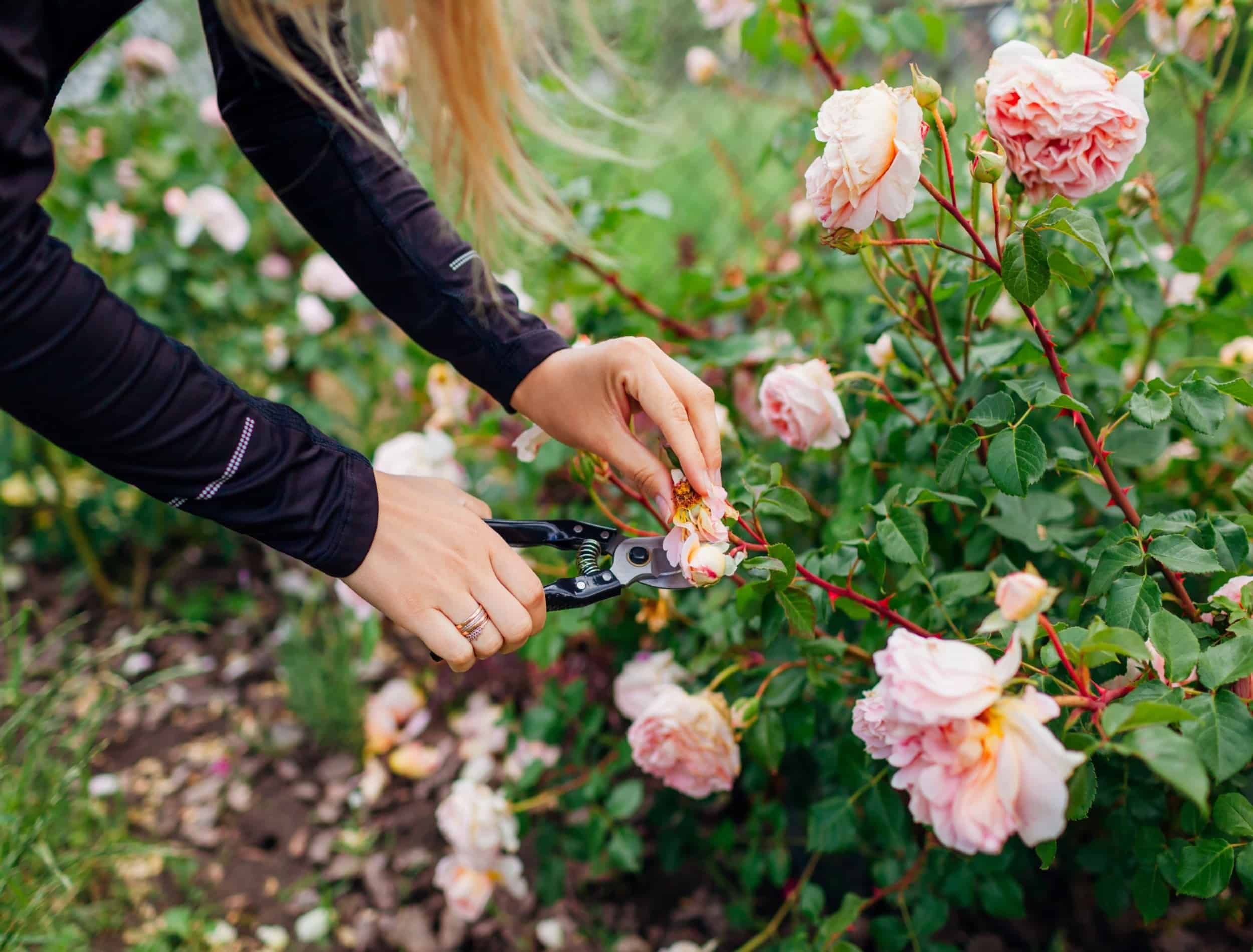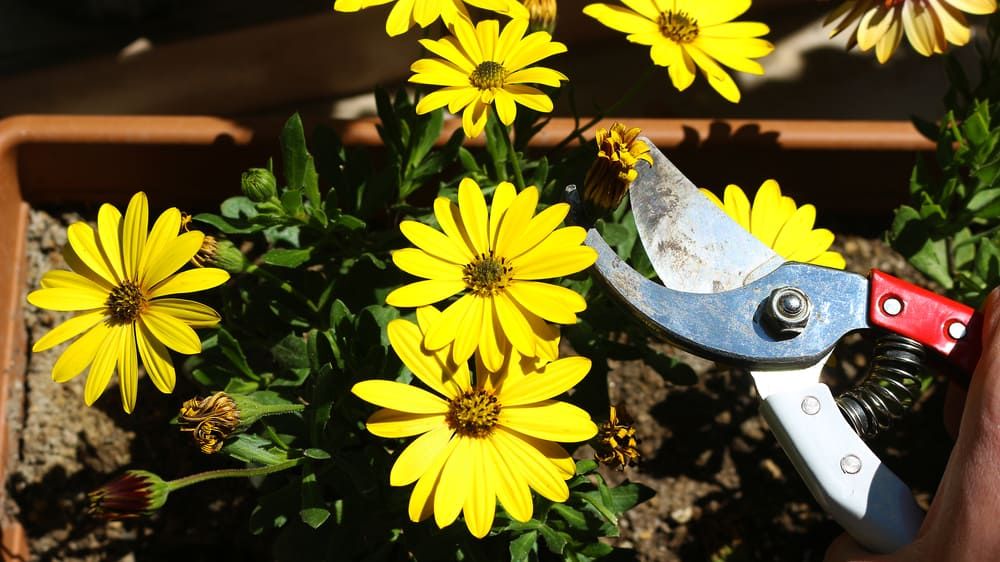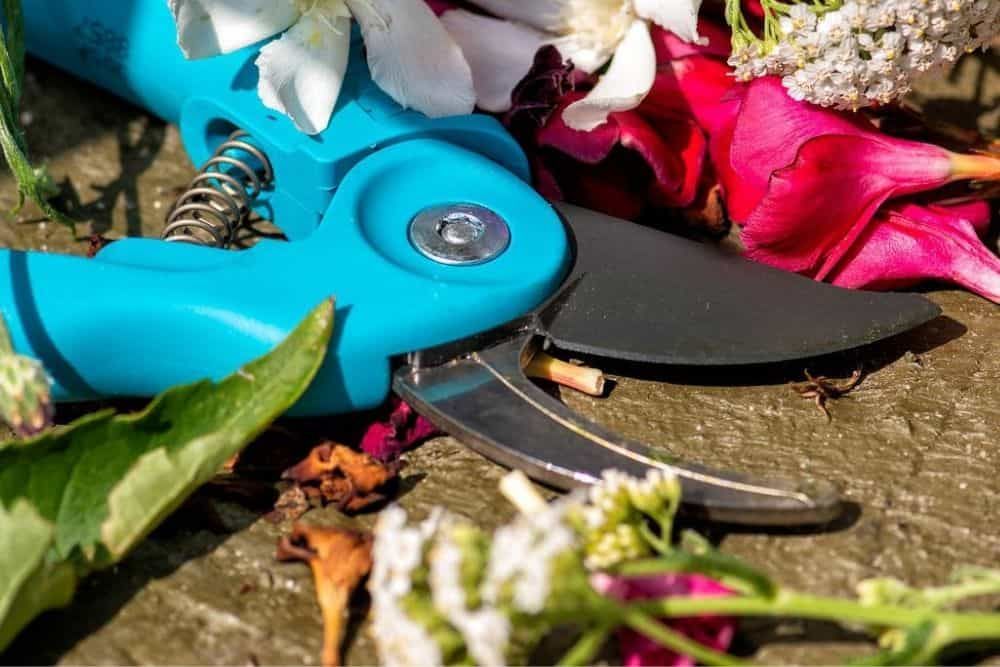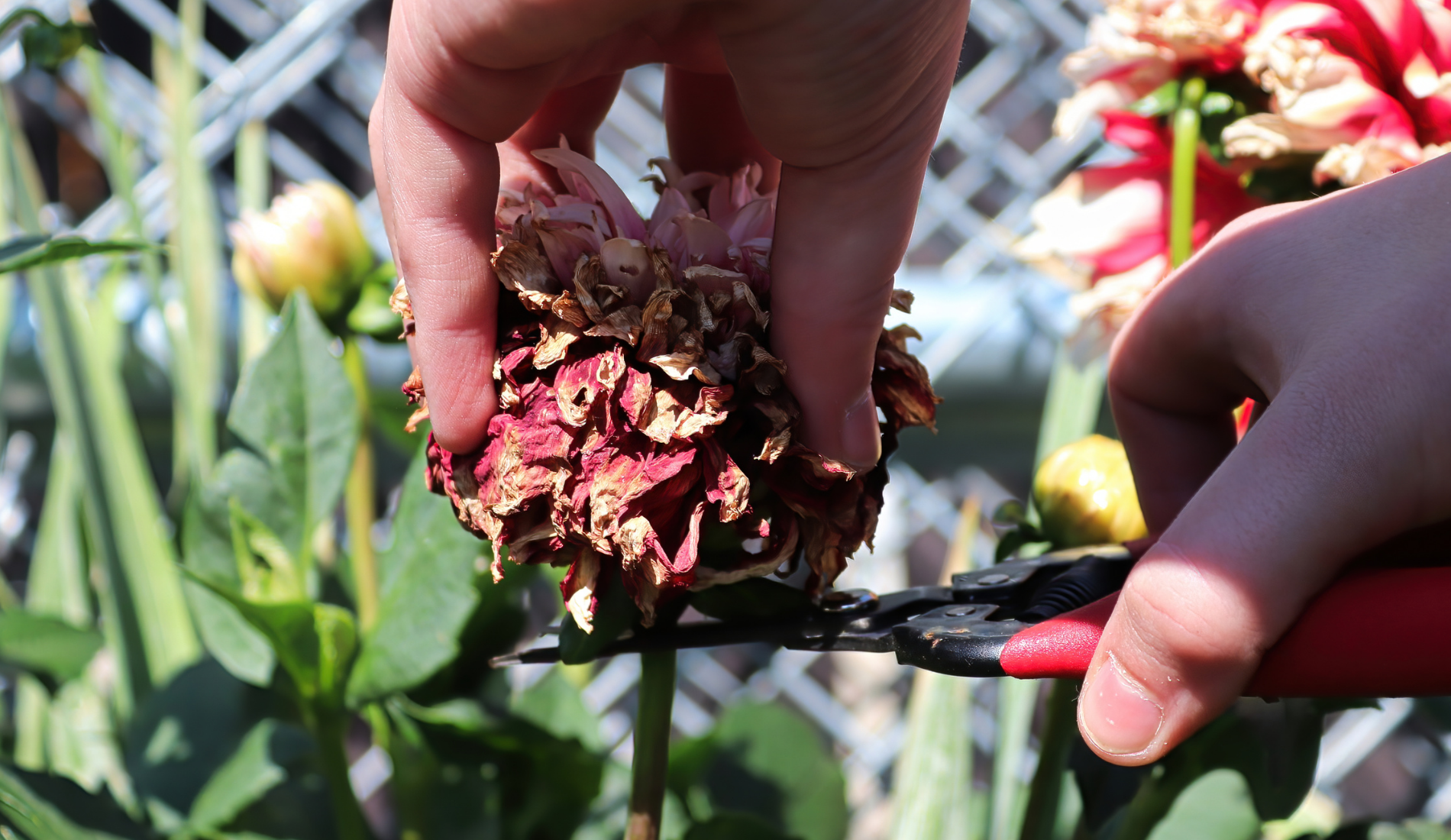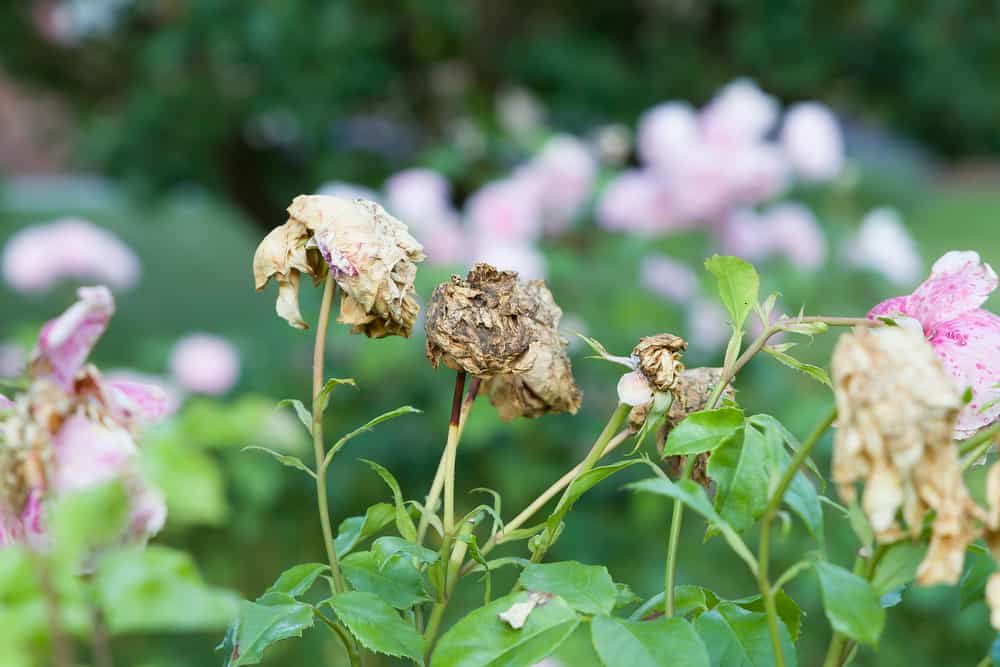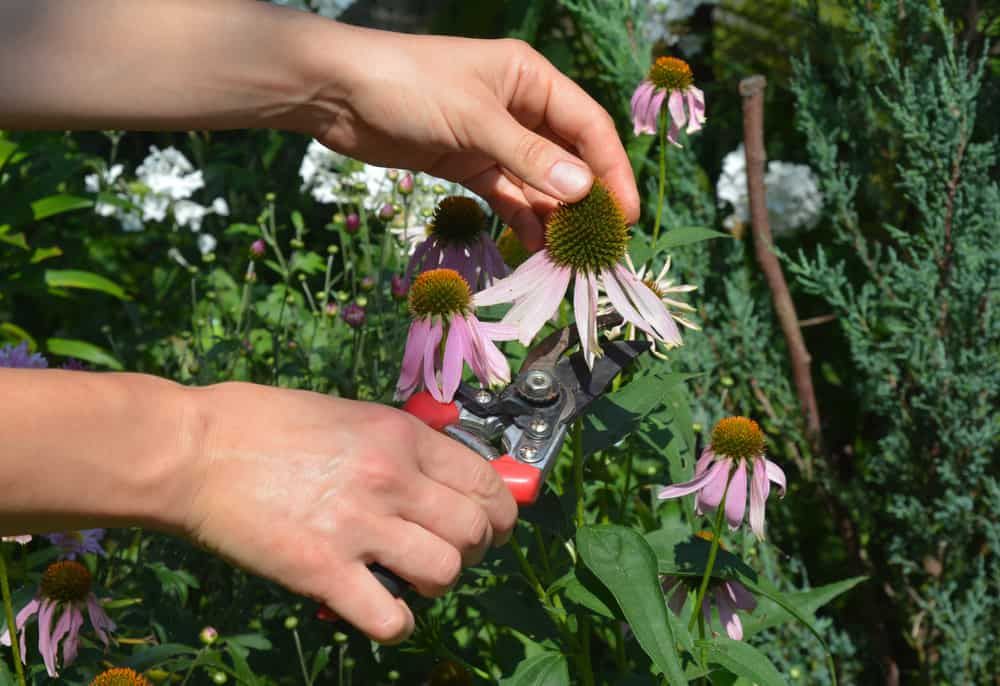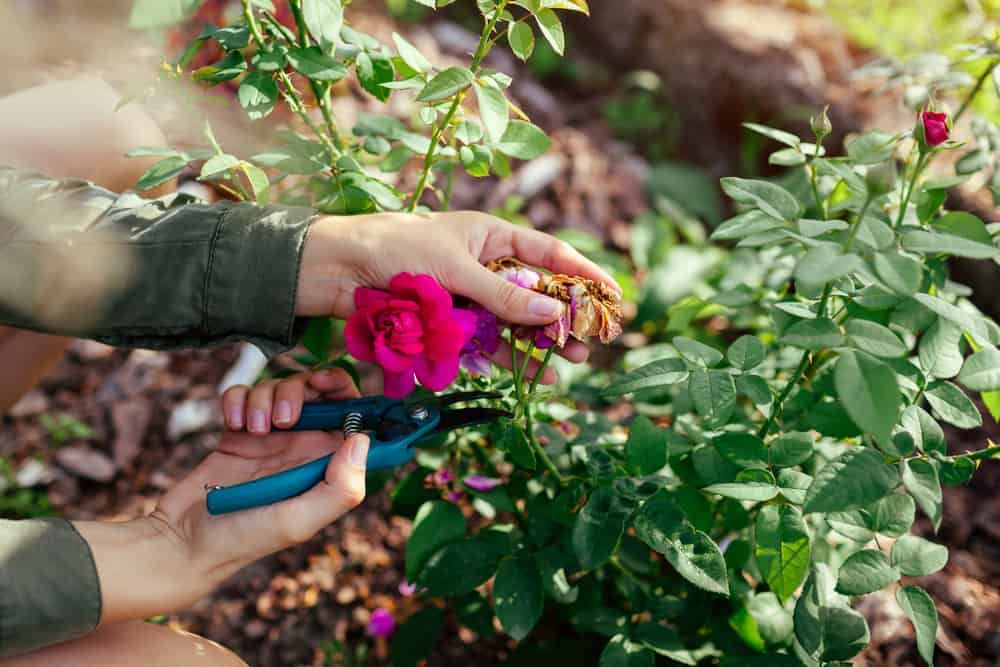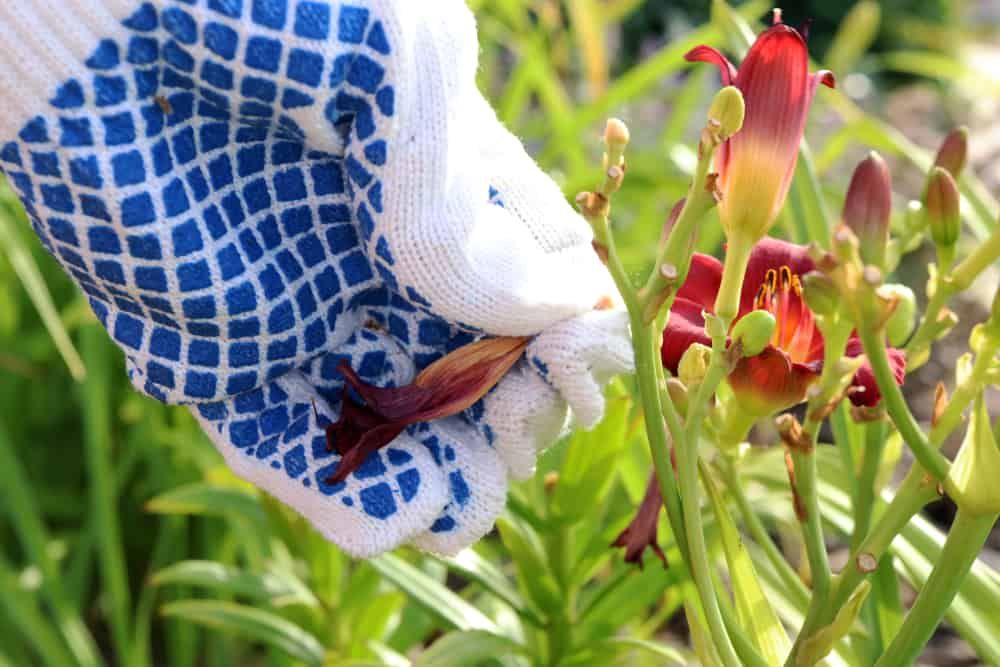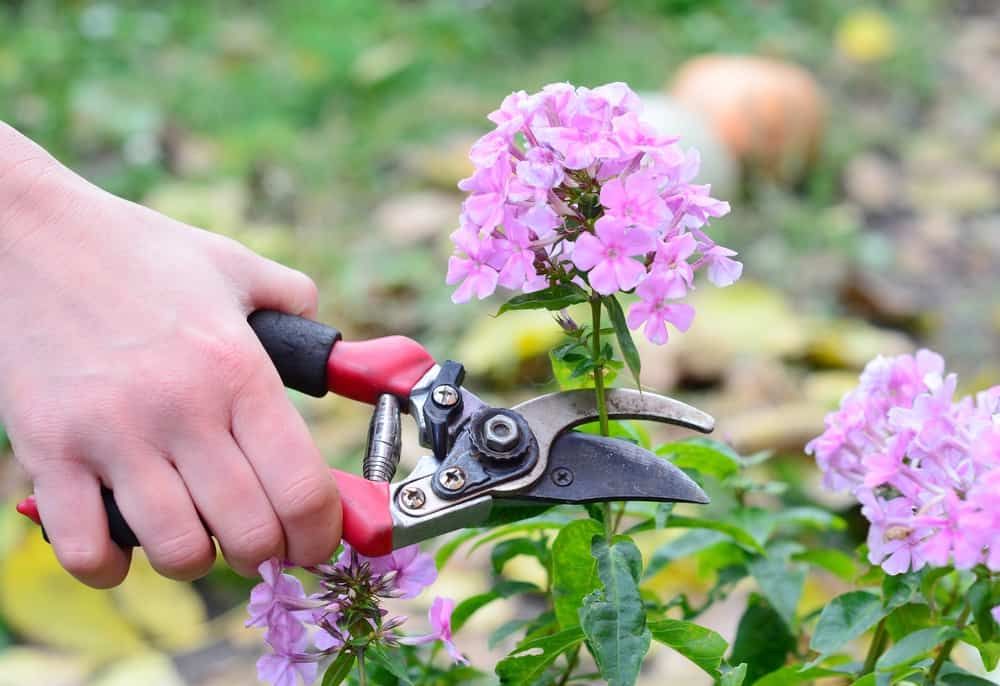You know the drill – you have a beautiful, big garden of flowers, and as soon as they start to wilt, you start frantically Googling how to deadhead your flowers. Well, never fear! This guide will show you everything you need to know about deadheading flowers and keeping them looking refreshed. Whether your daisies are drooping, or your roses have seen better days, follow these simple steps to revive them in no time!
What Is Deadheading?
Image credits: Aybarskr via Shutterstock
You may have heard of deadheading before, but what is it exactly? Deadheading is the process of cutting off spent flowers from a plant. Many people think that deadheading is simply cosmetic, but there are actually many benefits to doing this!
For one, deadheading can encourage your plant to produce more flowers. When a flower is cut off, the plant "thinks" that it needs to produce more flowers in order to ensure reproduction. Therefore, by deadheading your plants, you can actually encourage them to bloom more!
In addition, deadheading can also help to neaten up your plants. If you have any plants that are looking a bit messy or unkempt, simply deadhead them and they will look much better!
Finally, deadheading can also help to prolong the blooming season of your plants. If you deadhead regularly, your plants will continue to bloom for a longer period of time than if you didn't deadhead at all.
Deadheading is a simple but important task for keeping your flowers healthy and beautiful. By taking the time to do it regularly, you'll be rewarded with a vibrant and healthy garden that you can enjoy all season long!
What You’ll Need:
Image credits: Willfried Wende via Pixabay
Luckily, you don't need much to start pruning your flowers. You probably already have these two tools.
- Sharp scissors
- Sharp Pruning shears (optional)
How-To Guide To Deadheading Your Flowers
Image credits: akchamczuk via Canva
It's that time of year again when your flowers are in full bloom and looking beautiful! But as any gardener knows, keeping them looking their best can be a lot of work. One of the most important things you can do to keep your flowers healthy and happy is to deadhead them regularly.
Ready to get started? Here's a step-by-step guide to deadheading your flowers:
Step One-Inspection
Image credits: Paul Maguire via Shutterstock
Start by taking a close look at your plants. You'll want to remove any blooms that are browning, wilting, or otherwise looking past their prime. Make sure to also inspect the leaves and stems.
Step Two - Snipping or Pruning
Image credits: Radovan1via Shutterstock
Gently grasp the stem of the bloom and twist, snip, or pinch it off at the base. If the stem is woody, you may need to use pruning shears. Be sure to use sharp shears and make clean cuts at an angle just above a leaf node (the point where leaves join the stem).
Step Three - Cut At An Angle
Image credits: Mariia Boiko via Shutterstock
This may seem like a minor detail, but it can actually make a big difference in how your flowers look and how long they last.
The first thing you want to do is find a sharp, clean pair of scissors or pruning shears. Dull scissors can crush the stems of your flowers, which will cause them to wilt and die more quickly.
You'll notice that there are two different types of stems: those that are green and those that are brown. The green stems are still alive, while the brown stems are dead. You want to cut at a 45-degree angle just above the point where the stem changes from green to brown; this increases the plants surface area, allowing it to collect more water.
This may seem like a small detail, but it's actually very important. Cutting at the wrong angle can cause your flowers to die more quickly, so it's definitely worth taking the time to do it right.
Step Four - Repeat
Image credits: photowind via Shutterstock
Repeat this process until all of the spent blooms have been removed from your plants. This will encourage new growth and help your flowers thrive!
Different Deadheading Cuts
Image credits: Radovan1 via Shutterstock
There are a few different ways to deadhead:
- Cutting: Using sharp scissors or pruners, cut off the flower at the base of the stem, close to where it meets the main branch. Be sure to make a clean cut so that the plant can heal quickly.
- Pinching: Using your fingers, pinch off the flower at the base of the stem. This method is best for delicate plants or those with small flowers.
- Shearing: Using hedge shears or pruning shears, cut off the entire bloom, stem, and all. This method is best for plants with large flowers, such as roses.
Whichever method you choose, be sure to deadhead regularly to keep your plants looking their best!
Deadhead Away!
Even if you’re a gardening novice, with these simple steps you can keep your flowers looking fresh and beautiful all season long. So, the next time you have a bunch of wilting flowers, don’t panic – just follow our guide to deadheading flowers like a pro! Do you have any tips or tricks that work for you? Let us know in the comments below. Thanks for reading, and happy gardening!

